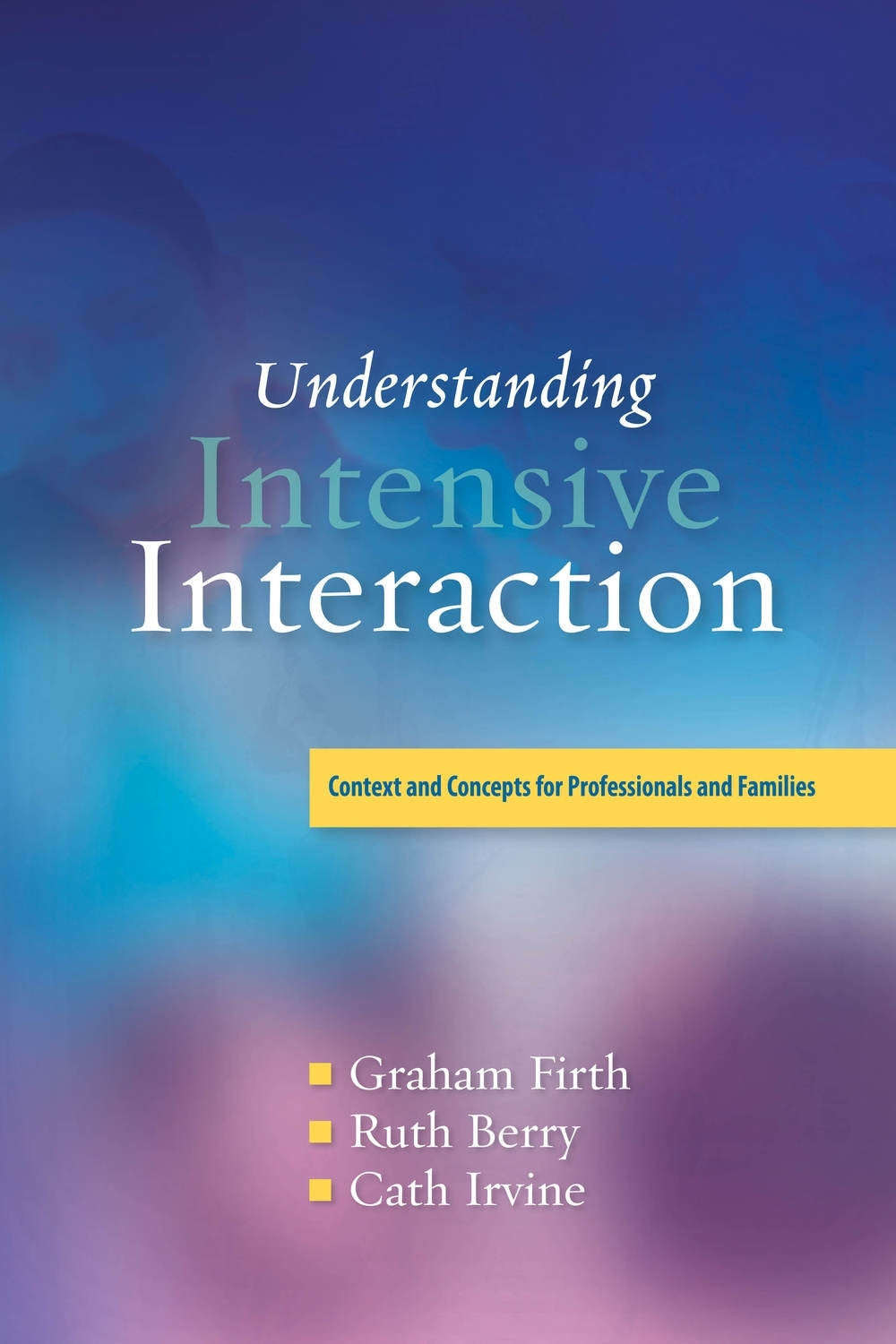
Press Reviews
Journal of Autism and Developmental Disorders
This is a helpful little introduction to an approach that provides a way to enrich the lives of many individuals with ASD and severe learning difficulties through making their communication with others more enjoyable. It addresses an important and neglected aspect of the everyday lives of many with ASD.
Speech & Language Therapy in Practice, Rebecca Finn, Speech & Language Therapist working with adults with learning disabilities
For a speech and language therapist working with adults with learning disabilities it provides useful, informative and searching discussions on where intensive interaction fits in our scope of practice, and challenges the boundaries and constraints of a conventional therapy model. Throughout, the authors provide case studies to illustrate challenges they have experience in implementing Intensive Interaction and how they have attempted to overcome these. They provide practical and useful suggestions including how to support carers and other professionals. Particularly useful is the discussion about setting up Intensive Interaction and the additional support needed at a management and strategic level. This book goes some way to support practitioners to develop a 'culture' of Intensive Interaction and leaves the reader feeling empowered to put ideas into practice.
COTSS PLD Newsletter
This book would be useful to anyone with an interest in intensive interaction, from professionals (such as occupational therapists, speech and language therapists, psychologists, nurses, social workers) through to care/support staff and families. It is also a useful resource for managers thinking about supporting teams to adopt this approach in practice. The book gives a thorough definition of what intensive interaction is. As the authors have broad clinical experience, intensive interaction is described from the viewpoint of each, clearly highlighting how this technique can be used for a variety of purposes (from education, therapeutic, social inclusion and of course, communication)...The authors cover a range of really practical issues when using this approach (including expectations, goal setting, what if it doesn't work initially, whether to schedule/structure intensive interaction sessions, and how to know if its working). The importance of disseminating an individuals' intensive interaction techniques, and what engagement/interaction might look like are highlighted, with systems suggested for communicating this within staff teams... Environmental considerations (physical, social, and political are discussed ) and support the reader to consider the environment in which they are attempting this approach, and how to maximise the impact of any intensive interaction intervention. This really highlights the importance of the 'bigger picture' when embarking on this approach with our clients... If you have an interest in intensive interaction, then this is a very good resource. I found that it covered a broad range of topics, dealing with the strengths as well as the challenges of using this approach, both on a basic level, but also thinking of service and wider political agendas within the systems we work in... I really enjoyed reading this book, and feel much more informed about this approach, which increases my confidence both in using it, and in suggesting its benefits to others. I would certainly recommend this resource to others. It really highlights the importance of making relationships with people who find it difficult to be with and relate to others, enabling these people to experience the benefits of being connected to another person (being acknowledged, valued, and listened to). The book is informative, and covers the topic from a range of professional and person backgrounds, exploring the challenges and strengths of this approach. There is an extensive list of further reading and useful websites which guides the reader to continue learning and developing their approach.
